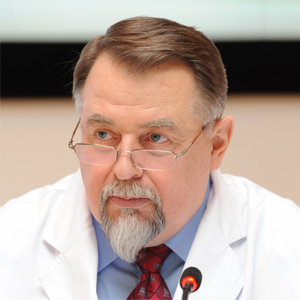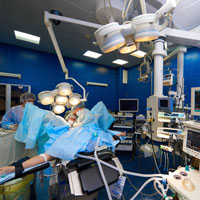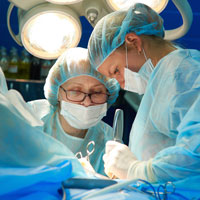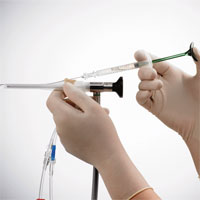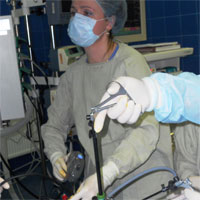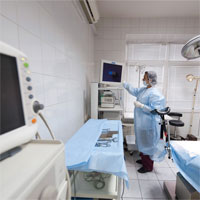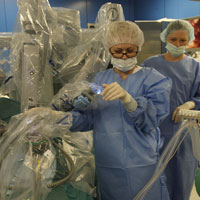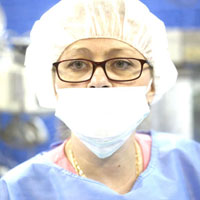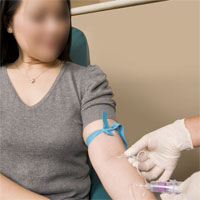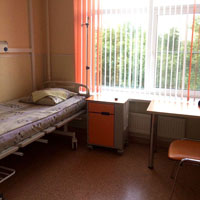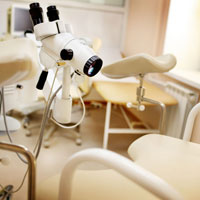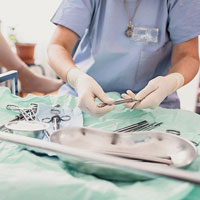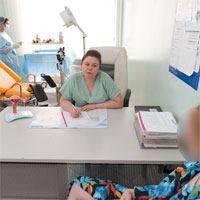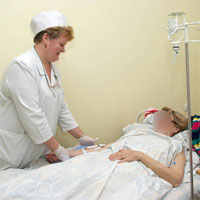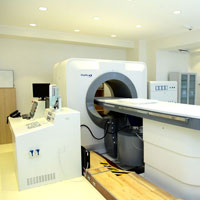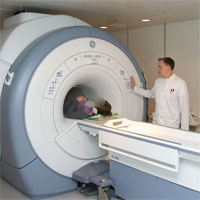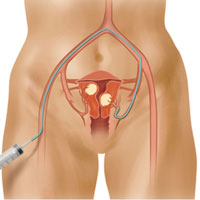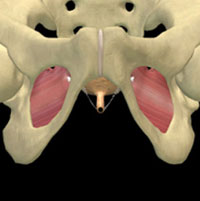The Center for Women’s Health includes:
- Gynecological Department
Chief of the department: Popova Maria Nikolaevna, obstetrician-gynecologist of the highest category, associate professor, Ph.D. - Gynecologist’s office with a day hospital
Chief of the center: Politova Alla Konstantinovna, obstetrician-gynecologist, professor of the department, Ph.D.
Annually, the department provides medical care for more than 1500 thousand patients. All practical methods of diagnostics and surgical treatment of gynecological diseases used in the world clinical practice have been introduced into practical work.
Widespread use of minimally invasive (endoscopic, laparoscopic and robotic) technologies in the surgical treatment of pelvic organs pathology allows minimizing the traumatic nature of the operation, reducing the number of complications, obtaining a good cosmetic effect, shortening the periods of hospitalization and temporary incapacity for work.
Technologies and methods:
- Robotic Surgery (Da Vinci)
- Laparoscopy (HD optics), including single-port
- Hysteroscopy, hysterosectoscopy (bipolar)
- High-intensity ultrasonic ablation (HIFU) and FUS ablation of myomatous nodes, benign diseases of the cervix and vulva
- Embolization of uterine arteries with uterine myoma
- Reconstructive plastic methods for correcting prolapse of pelvic organs with the use of synthetic implants
- Sling operations
Priority directions of surgical activity of the department:
- Laparoscopic operations on the uterus and appendages
- Hysteroresectoscopic operations (intrauterine intervention)
- Reconstructive plastic surgery for genital prolapse
- Reconstructive plastic surgery for malformations of the uterus, cervix and vagina
- Operative interventions to eliminate stress incontinence
- Operative interventions in the pathology of the cervix uteri
- Aesthetic surgery of female genital organs
- Open (traditional) surgical interventions on pelvic organs with giant tumors of genitals and malignant neoplasms
What do we treat:
- Benign and malignant neoplasms of the body of the uterus, cervix, ovaries
- Myoma of the uterus
- Endometriosis
- Ovarian Cysts
- Omission and prolapse of pelvic organs
- Malformations of the external and internal genital organs
- Different forms of urinary incontinence
- Menstrual irregularities
- Infertility;
- Hyperplastic processes of the endometrium;
- Tubal pregnancy
- Pathology of the cervix
- Threat of abortion
As much as possible exact, convenient and fast inspection and treatment!
Methods and technologies
High-intensity ultrasonic ablation (HIFU)
High-intensity ultrasonic ablation (HIFU) is a high-tech method of local treatment of uterine myoma, based on the effect of high-intensity focused ultrasonic waves under the control of ultrasound diagnostics.
The method allows to destroy the tumor center, without disturbing the integrity of the skin. The principle of operation is based on the fact that at the point of focusing of waves created with a special lens, there is an increase in temperature sufficient for the development of necrosis (lesion focus) of pathological formation. Subsequently, the focus affected by focused ultrasonic waves is gradually wrinkled and replaced by a fibrous tissue, a scar is formed.
FUS Ablation
FUS ablation (focused ultrasound) is a modern non-invasive method for treating uterine fibroids, consisting of remote destruction of the tumor by focused ultrasound under the control of a magnetic resonance imager. In this case, both direct and indirect damaging effects occur.
Sound waves passing through the tissues of the body do not cause damage to them, but with subsequent focusing, local heating to
Technology advantages
- Non-invasiveness
- Conservation intervention, preservation of genital function
- Absence of blood loss and traumatism
- Rapid disappearance of clinical manifestations of uterine fibroids
- Good cosmetic effect
- Short terms of rehabilitation
Despite the obvious convenience of the technique for women, there are some contraindications in which the procedure is not carried out.
Embolization of uterine arteries
It is used as an alternative method for the treatment of uterine fibroids in those groups of patients who are contraindicated for surgical treatment and (or) endotracheal anesthesia, in connection with the concomitant pathology of various organs or systems of the body, as well as in those cases when the patients categorically refuse surgical intervention, for fear of surgery, loss of sexual attractiveness, because of unrealized reproductive function.
The main purpose of the procedure is embolization of the vessel feeding the myomatous node, which leads to a disruption in the nutrition of the tumor and regression.
Studies conducted in the United States of America and Europe showed that
Complications after embolization of uterine arteries are extremely rare, no more than 1% of patients, it is significantly less serious complications after cavitary operations.
Sling operations
To date, the so-called sling operations are a modern “gold standard” for the treatment of stress incontinence in women.
Indications for such operations are isolated stress urinary incontinence or a combination of stress urinary incontinence with urgent urine incontinence.
Sling operations help to eliminate involuntary leakage of urine with a special synthetic loop (sling), which is carried out under the urethra, and supports the urethra by the principle of a hammock. The loop helps the muscles and pelvic ligaments to hold the urethra at the time of stress, for example, during a cough or laugh.
The uniqueness of sling operations is that they can be performed in the case of previous unsuccessful surgical interventions for stress urinary incontinence.
Among the irrefutable advantages of the TVT-technique are:
- Good tolerability by patients of this type of surgery
- The duration of the operation is
20-30 minutes. - Short postoperative period — the patient can be discharged home on the day after surgery
- Good functional results — low probability of recurrence of the disease
Contact Information
Address: 105203, Moscow, Nizhnyaya Pervomayskaya str., 70
Contact phone number:
Fax:
How to reach us by using public transport
“Pervomaiskaya” metro station (last carriage of the train out of the city centre). From “Pervomaiskaya” metro station by any tram or trolley bus go to the stop “15th Parkovaya Street”. Go along the 15th Park Street to the intersection with the Nizhnyaya Pervomaiskaya Street, turn left and walk about a hundred meters to the entrance of the Pirogov National Medical and Surgical Center.








